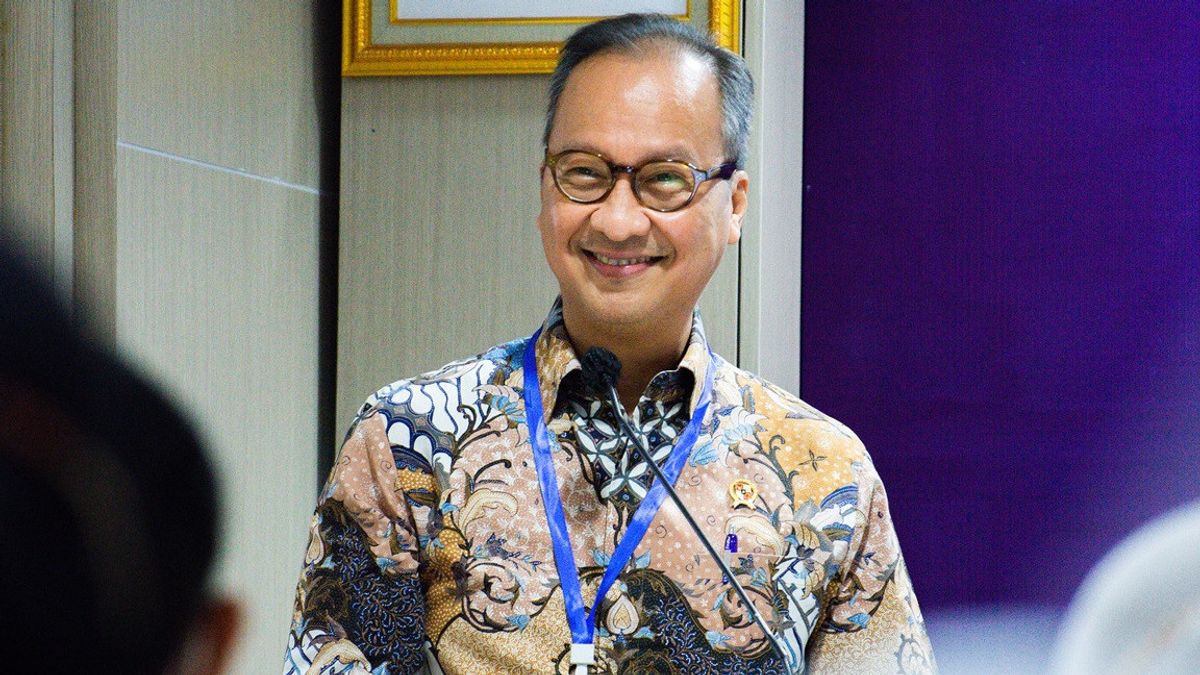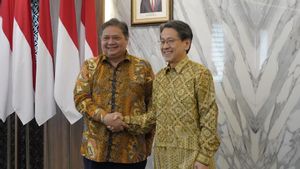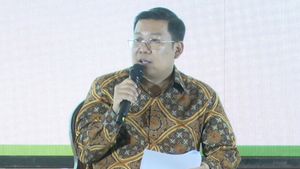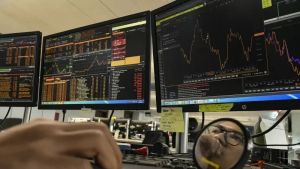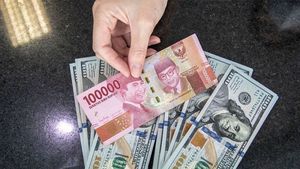JAKARTA - The Ministry of Industry (Kemenperin) assesses that the issue of deindustrialization does not occur in line with the positive growth of the processing or manufacturing industry which grew by 5.20 percent annually or year on year (yoy) in the third quarter of 2023.
This figure is higher than the same period in 2022, namely 4.83 percent. The Central Statistics Agency (BPS) noted that the growth of the manufacturing sector exceeded Indonesia's economic growth in the same period by 4.94 percent.
Minister of Industry (Menperin) Agus Gumiwang Kartasasmita said that the BPS data proves that Indonesia is not in the process of premature deindustrialization because manufacturing continues to grow positively and impressively compared to the manufacturing industries of other neighboring countries.
Not only that, the industrial sector is again in first place or contributes the largest investment, namely 41.2 percent of national investment realization, namely IDR 433.9 trillion during January-September 2023.
"This figure increased by 18.8 percent from the same period in the previous year. On the employment side, the processing industry sector also absorbed 19.35 million or 13.83 percent of the total workers," said Minister of Industry Agus in a written statement, Tuesday, November 7.
On the other hand, he also emphasized that deindustrialization is not occurring in the Indonesian manufacturing industry at this time because the sector is still in an expansion phase until October 2023.
The Industrial Confidence Index and Indonesian Manufacturing Purchasing Manager's Index (PMI) continue to be above 50.00 or the expansion level until October 2023.
"The results of the IKI survey in October 2023 also show that the majority of business actors are still optimistic about business conditions in the next six months," he said.
This optimism is also reflected in the Consumer Confidence Index (IKK) which is maintained in the optimistic zone of 121.7 in September 2023.
Furthermore, Agus appreciated the performance of manufacturing business actors who were able to grow amidst various pressures of decreasing purchasing power and the weakening of the rupiah exchange rate against the US dollar which affected production.
"The contribution of the processing industry to GDP should be much higher. This can happen if several problems whose solutions depend on other ministries/institutions can be resolved," he said.
Furthermore, Agus explained a number of obstacles to industrial growth. First, the HGBT program is not running well. According to him, many industries participating in the HGBT program still receive gas as raw materials and energy for more than USD 6 per MMBTU.
VOIR éGALEMENT:
Apart from prices above 6 US dollars per MMBTU, supply is also not smooth. This has an impact on product competitiveness, demand, utilization and employment. Finally, the HGBT program which is not running well has contributed to suppressing the growth of the manufacturing industry.
Second, Agus assessed that tightening the flow of imported goods was not optimal. He admitted that currently the domestic market has been flooded with imported goods, both legally and illegally.
This is due to weak assertiveness and coordination between ministries/institutions which also contribute to the heavy flow of imported goods into the domestic market.
Third, continued Agus, growth in the processing industry sector could increase much higher than national economic growth if ministries/institutions, regional governments, and SOE (BUMN)/Regional-owned Enterprises (BUMD) maximize the realization of domestic product spending.
"If the government can maximize its spending to buy domestic products, the growth of the manufacturing industry will be much higher and its contribution to national GDP will be much greater," he added.
The English, Chinese, Japanese, Arabic, and French versions are automatically generated by the AI. So there may still be inaccuracies in translating, please always see Indonesian as our main language. (system supported by DigitalSiber.id)
